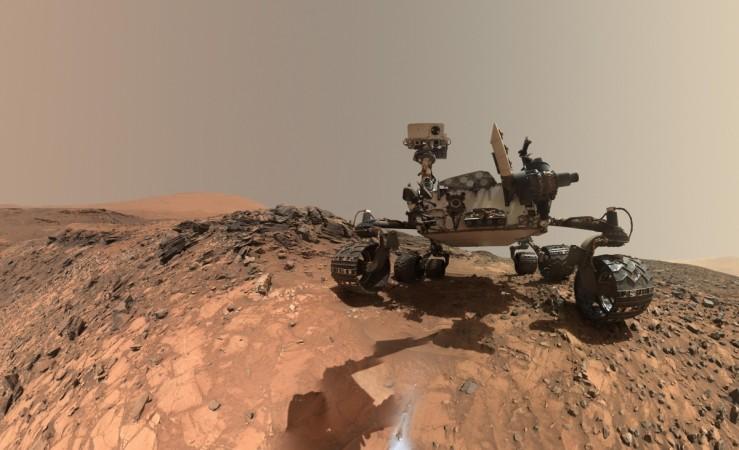
After teasing the whole world about having an important announcement to make about Mars for nearly a week now, NASA just revealed that they found signs of that point to past life on the red planet. Yes, NASA just said that Mars could have hosted life about 3 billion years ago.
"Tough organic molecules" were found trapped inside sedimentary rocks dating back to about 3 billion years, on the Martian surface. But that is not all. Another important ingredient for life - methane was found in the Martian atmosphere. The gas was found to go through seasonal variations in its levels.
The findings were revealed in a recent release by the space agency. NASA did point out that while this revelation is not evidence of life itself, this finding, they say is a good sign for future missions on where, how, and what to look for in future missions.
The substance of life
For any substance to labelled "organic" it must be composed of carbon and hydrogen, explains NASA. They can also contain nitrogen, oxygen and a few other elements as well. While often seen as being a part of what humans perceive as "life." These molecules can also be created non-biologically.
"With these new findings, Mars is telling us to stay the course and keep searching for evidence of life," said Thomas Zurbuchen, associate administrator for the Science Mission Directorate at NASA. "I'm confident that our ongoing and planned missions will unlock even more breathtaking discoveries on the Red Planet."
Curiosity has not determined the source of the organic molecules," said Jen Eigenbrode of NASA's Goddard Space Flight Center, is lead author of one of the two new Science papers. "Whether it holds a record of ancient life, was food for life, or has existed in the absence of life, organic matter in Martian materials holds chemical clues to planetary conditions and processes."
Curiosity found these samples after drilling about 5 cm into mudstone - rocks that have formed over billions of years in the bed of an ancient lake which is now known as the Gale crater. Some of the molecules identified in this mission are thiophenes, toluene, benzene, and other small carbon chains, such as propane.
As for the methane, there are seasonal variations that Curiosity's Sample Analysis at Mars (SAM) instrument was able to detect over a span of three Martian years- about 6 Earth years.
There are repeating patterns that show how within the Gale crater itself, the methane level peaks during the warm summer months and dies down during the cold winters - as though the surface is "breathing."
While it is possible that this release of methane could strictly be a geological and chemical phenomenon, it could also be organic, says the report.
"Are there signs of life on Mars?" said Michael Meyer, lead scientist for NASA's Mars Exploration Program. "We don't know, but these results tell us we are on the right track."
The next mission to Mars is already on its way there. The InSight probe will be the first to scan the insides of the planet. Touchdown is expected in November this year.














